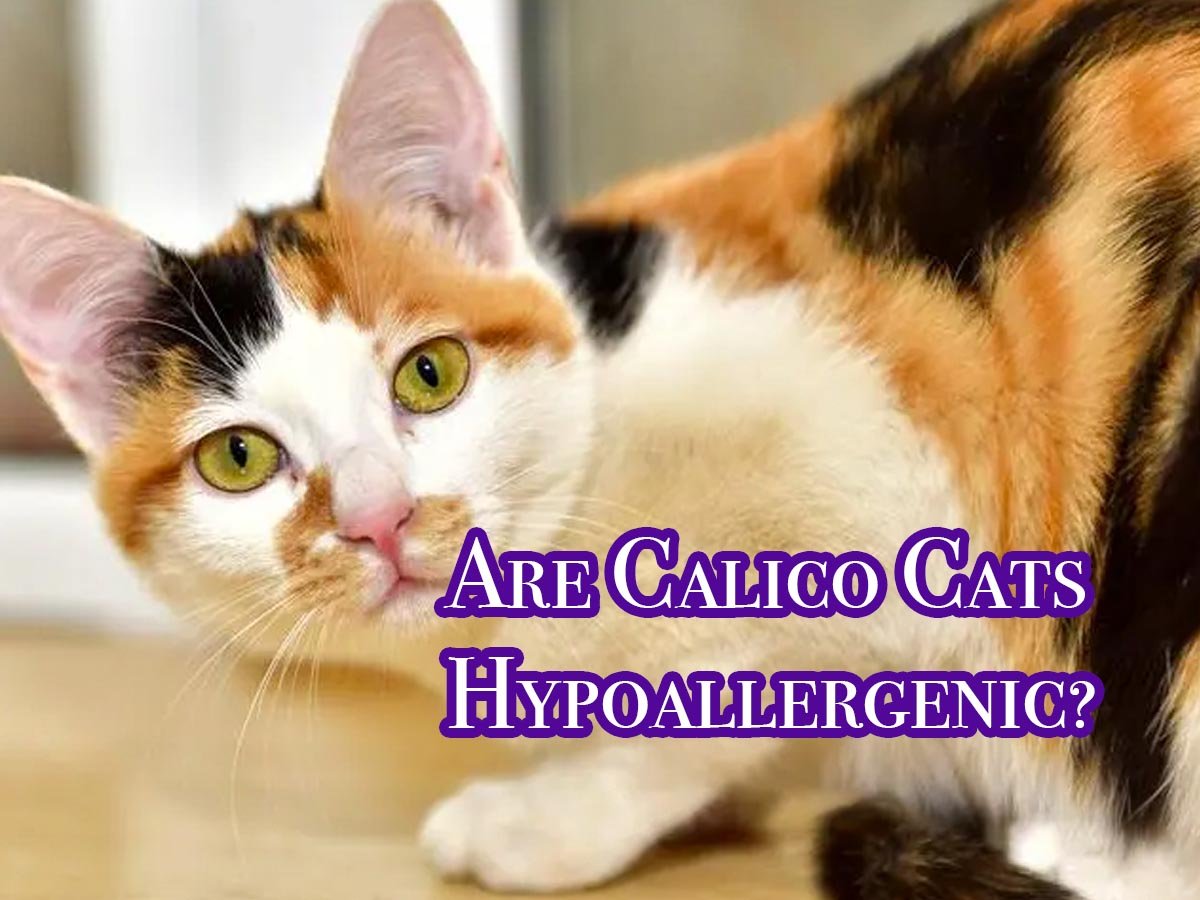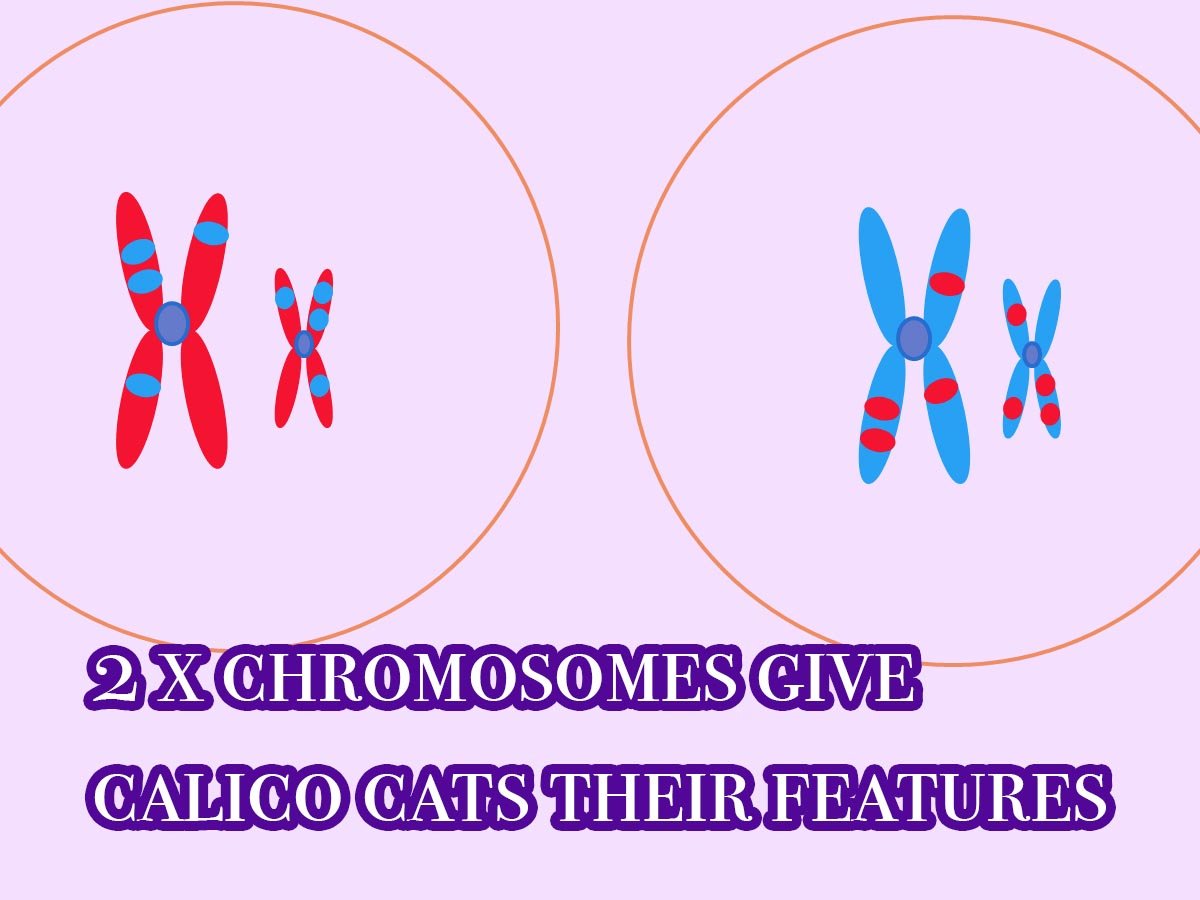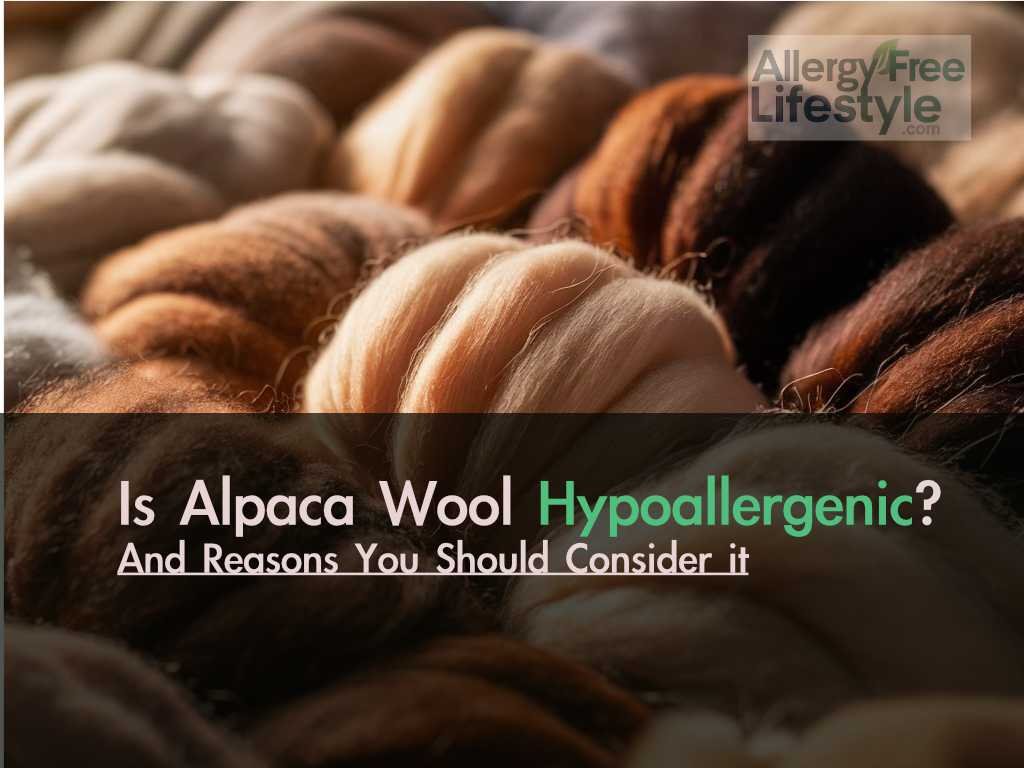When navigating the complex world of pet ownership and adoption, a critical question often arises for those prone to allergies: “Are calicos hypoallergenic?” This question is especially significant for individuals seeking the companionship of a furry friend without the discomfort of allergic reactions. This ultimate guide delves deep into the realm of calico cats, exploring their hypoallergenic potential and providing insights into the mechanics of cat allergies. Our aim is to offer a thorough understanding, enabling you to make an informed decision about welcoming a calico cat into your home.
Are Calicos Hypoallergenic? – Understanding Cat Allergies

The Science Behind Allergies to Cats
Understanding the science behind cat allergies is crucial for anyone considering a pet, especially for those interested in calico cats and their hypoallergenic potential. This section delves into the biological and environmental factors that contribute to allergic reactions, offering a comprehensive overview of why some individuals are affected by cats while others are not.
The Role of Fel d 1 Protein
At the heart of cat allergies lies a small protein known as Fel d 1. Predominantly produced in the cat’s sebaceous glands, Fel d 1 is also found in saliva, urine, and dander (dead skin cells). This protein serves no clear function for humans but is a major trigger for allergic reactions in sensitive individuals. When a cat grooms itself, Fel d 1 is spread across its fur and can easily become airborne. Once in the environment, these allergen-containing particles can be inhaled or come into contact with the skin, leading to allergic symptoms.
Genetic Predisposition to Allergies
Why do some people react to Fel d 1 while others remain unaffected? The answer lies in our immune system and genetic makeup. Individuals with a family history of allergies are more likely to develop allergic reactions to cats. Their immune systems mistakenly identify Fel d 1 as a harmful invader, triggering an allergic response. This response includes the production of antibodies and the release of histamines, leading to symptoms such as sneezing, itching, and even asthma attacks in severe cases.
Allergen Exposure and Sensitization
Exposure levels play a significant role in the development and severity of cat allergies. Frequent and prolonged exposure to high levels of Fel d 1 can lead to sensitization, where the immune system becomes increasingly reactive to the presence of the allergen. Conversely, limited exposure may result in a lower sensitivity or even tolerance over time. This variability in exposure and immune response contributes to the wide range of allergic reactions observed among individuals.
Environmental Factors
The environment in which one lives can amplify or mitigate allergic reactions to cats. Homes with high levels of dust, poor ventilation, or high humidity can retain more allergens, increasing the likelihood of allergic reactions. Additionally, the presence of multiple cats or pets can raise the concentration of allergens in the home environment, exacerbating symptoms for sensitive individuals.
Common Misconceptions
The term “hypoallergenic” often leads to confusion, suggesting that certain cats, possibly including calicos, may inherently produce fewer allergens. It’s critical to clarify that the concept of a completely hypoallergenic cat is a myth. While some cats may produce less Fel d 1 and thus may be less likely to trigger allergic reactions, this variance is highly individual and not dependent on breed, coat type, or color.

The Nature of Calico Cats
Calico cats are celebrated for their striking tri-color coats, typically a mix of white, black, and orange. It’s important to note that “calico” is not a breed but a description of their coat color, which is the result of genetic expression. This section explores the unique genetics of calico cats and addresses the question of their hypoallergenic nature.
Genetics and Hypoallergenic Traits
The calico pattern is most commonly observed in female cats due to the chromosomal arrangement necessary for this coloration. However, the genetic factors responsible for a cat’s coat color are entirely separate from those that might influence the production of allergens. Therefore, the hypoallergenic potential of a calico cat is not inherently linked to its colorful coat but rather to the individual cat’s biology and its production of allergens.
The relationship between genetics, hypoallergenic traits, and our feline companions is a topic of great interest for both potential pet owners and the scientific community. In the quest to understand why certain cats, such as calicos, might be perceived as less allergenic, it’s essential to delve into the genetic underpinnings of allergen production and the misconceptions surrounding hypoallergenic pets.
The Genetic Basis of Allergen Production
As mentioned already, the production of Fel d 1, the primary allergen responsible for cat allergies, is a genetically influenced trait. However, the exact genetic mechanisms that regulate the quantity of Fel d 1 produced by individual cats are complex and not yet fully understood. Research indicates that factors such as the cat’s sex, hormonal status, and possibly even breed can influence allergen production levels. Yet, the genetic diversity among cats, including calicos, means that allergen production can vary significantly from one individual to another, irrespective of coat color or pattern.
You May Also Like:
Are Orange Tabby Cats Hypoallergenic? Facts and Myths to Know
The Ultimate Guide to Best Hypoallergenic Dogs
Misconceptions About Hypoallergenic Cats
The concept of a hypoallergenic cat is often misunderstood. While some cats may produce less Fel d 1 than others, there is no breed or type of cat, including calicos, that is completely free of allergens. The term “hypoallergenic” suggests a lower likelihood of causing allergic reactions, but it does not imply a total absence of allergens. The variability in allergen production among individual cats underscores the importance of spending time with a cat before bringing it home, to gauge personal allergic reactions.
Calicos Hypoallergenic Cat’s Genetic Patterning
Calico cats are distinguished by their unique tricolor fur pattern, which is a result of genetic expression related to the X chromosome. The calico pattern is typically found in females because they possess two X chromosomes, allowing for the expression of both orange and black coat colors, along with white, which is determined by a separate gene. While the genetics behind their coat color are well understood, there is no evidence to suggest that these genetic traits have any direct correlation with the production of Fel d 1 or hypoallergenic properties.

Addressing The Question: Are Calicos Hypoallergenic?
Given the individual variation in allergen production among cats, it is clear that calico cats cannot be universally classified as hypoallergenic. The potential for a calico cat to trigger allergic reactions depends on the specific allergen levels produced by that cat, which can vary widely even within cats of the same color pattern.
Some breeds are thought to produce less Fel d 1 and might be more suitable for individuals with mild allergies. These breeds include:
- Siberian: Despite their long fur, some Siberians are reported to produce less Fel d 1.
- Balinese: Often referred to as the “long-haired Siamese,” Balinese cats are another breed that reportedly produces lower levels of Fel d 1.
- Russian Blue: Their dense fur is believed to trap allergens, potentially reducing the amount that becomes airborne.
- Devon Rex and Cornish Rex: These breeds have less fur and may require less grooming, which could lead to fewer allergens spread around the home.
Managing Allergies and Living with Calico Cats
For those who are allergic yet still wish to share their lives with this feline creature, knowing very well that calicos hypoallergenic traits can react differently among owners. There are several strategies that can help manage allergic reactions and foster harmonious coexistence.
Strategies for Reducing Allergen Exposure
- Enhanced Grooming Practices: Regular grooming, including brushing and bathing, can significantly reduce the amount of allergen-laden fur and dander in the environment.
- Air Purification: Investing in high-quality air purifiers equipped with HEPA filters can help remove allergens from the air in your home.
- Regular Cleaning: Frequent vacuuming with a HEPA-equipped vacuum cleaner and dusting can minimize allergen presence in living spaces.
- Allergen-Reducing Products: Utilize products designed to reduce or neutralize airborne allergens, including sprays and wipes, to further minimize exposure.
- Creating Allergen-Free Zones: Establishing areas in your home, particularly where you sleep, as pet-free zones can provide a refuge from allergens, allowing your body time to recover and reduce overall exposure.
Conclusion – Are Calicos Hypoallergenic?
While the appeal of a calico cat’s vibrant coat is undeniable, it’s crucial to approach the question “of their hypoallergenic nature “Are calicos hypoallergenic?” with a clear understanding of what triggers allergies and the variability of allergen production among individual cats. Calico cats are by far one of the most hypoallergenic cats there. By implementing strategies to reduce allergen exposure, even those with allergies can enjoy the companionship of a calico cat, although careful consideration and preparation are key.
FAQ
- What exactly triggers cat allergies?
- Cat allergies are triggered by proteins such as Fel d 1, present in the cat’s saliva, skin, and fur.
- How can I reduce allergic reactions if I want to live with a calico cat?
- Employing strategies like regular grooming of your cat, using air purifiers, maintaining cleanliness, and establishing pet-free zones can significantly mitigate allergic reactions.
- Is it possible to find a truly hypoallergenic cat?
- While no cat is completely hypoallergenic, individual cats may produce less of the allergenic proteins, making them a better fit for people with allergies.
References
This article is supported by credible sources, ensuring that the information provided is accurate and reliable:
- American College of Allergy, Asthma & Immunology. “Pet Allergy.” Detailed information on how pets trigger allergies and ways to manage them. [acaai.org]
- PubMed Central. Extensive research articles on Fel d 1 and its impact on cat allergies, providing a scientific basis for understanding allergen production. [pubmed.ncbi.nlm.nih.gov]
- The Humane Society of the United States. Insightful details on the differences between calico and tortoiseshell cats and the genetic basis of their coat colors. [humanesociety.org]
- Mayo Clinic. Expert advice on pet allergies and the concept of hypoallergenic pets, offering a medical perspective on managing allergies. [mayoclinic.com]
- Cornell University College of Veterinary Medicine. An educational resource on the genetics of feline coat colors, including the unique aspects of calico patterning. [vet.cornell.edu]



